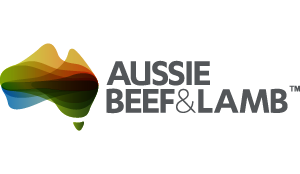AN OVERVIEW OF ON FARM
Australian cattle and sheep producers are recognised around the world for their animal husbandry and farm management techniques. The Australian livestock industry takes pride in how we use genetics at the forefront of technological advancements in livestock production efficiency. Australian farmers are also highly progressive in the areas of farm and pasture improvement and water management. Focused on the highest possible food safety standards, with traceability and quality assurance systems through the supply chain, our industry is built largely by family owned producers committed to delivering world-class beef and lamb.
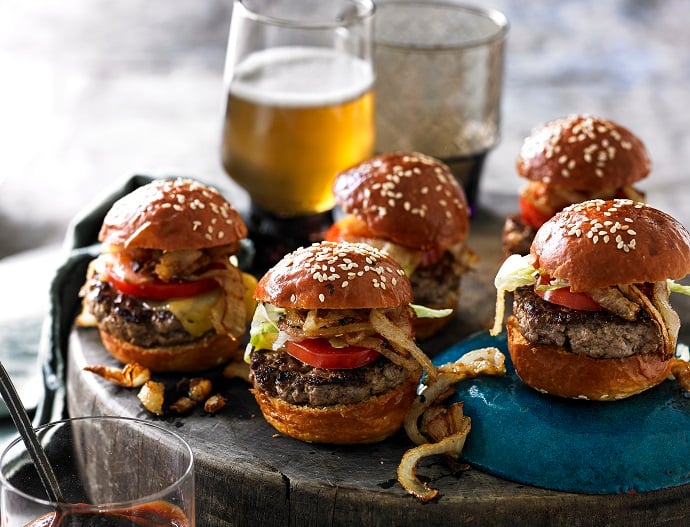
AUSTRALIAN BEEF
Australia produces 3% of the world’s beef and is the third largest beef exporter in the world. While beef is produced in every state and territory in Australia, nearly 50% of the national herd is located in Queensland, with most of Australia's cattle located on pasture-based properties and stations.
The Australian beef industry is broadly grouped into northern and southern production areas. The Northern production systems has a relatively small number of large properties with high cattle numbers. The dominant cattle breeds are Bos Indicus (eg Brahman) or Bos Indicus cross (eg Droughtmaster), which are better suited to the harsh environmental conditions. The Southern production system, on the other hand, has a large number of smaller properties which have lower cattle numbers. The dominant cattle breeds are Bos Taurus (eg Angus or Hereford), which are better suited to the more temperate environmental conditions.
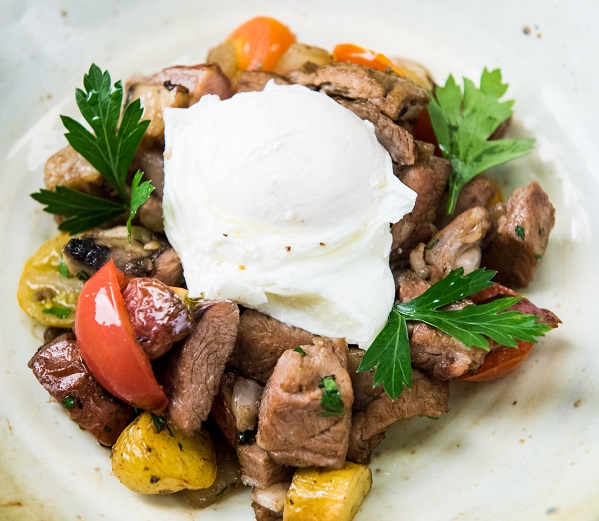
BOS INDICUS
Originating from Asia, Bos Indicus cattle breeds are a natural fit for humid, tropical regions like Northern Australia. Their slick, short-haired coats and naturally occurring sweat chemicals repel cattle ticks and other parasites. Some Bos Indicus breeds also produce a chemical in their tails to apply their own insect repellent when they swat flies.
Bos Indicus cattle generally have a larger frame and longer legs, allowing them to easily cover the large and sparse areas of land in search of food and water. They are also natural foragers, which makes them adaptable to harsh drought conditions.
Cattle with Bos Indicus bloodlines can be distinguished by a hump sitting across their shoulders on their back, similar to a camel. This is where fat is kept for tough times. They also have large, floppy ears and dewlap (the saggy skin in front of their briskets) which help to keep the cattle cool.
Common breeds include Brahman, Droughtmaster, Santa Gertrudis, Brangus (a cross of Angus and Brahman) and Braford (a cross of Hereford and Brahman).
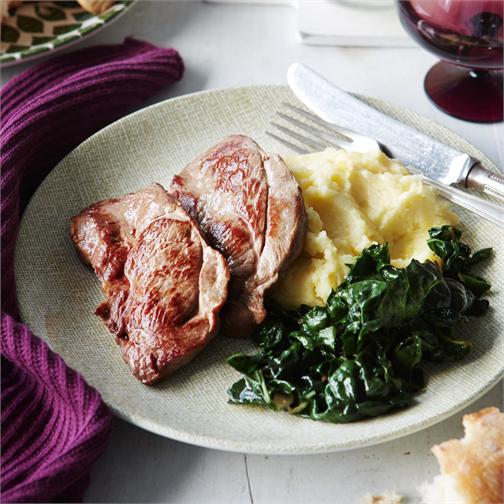
BOS TAURUS
Bos Taurus cattle originated in Europe and are often referred to as ‘British breeds’. They prefer more temperate climates and are mostly found in the Southern regions of Australia. They have thicker coats to weather cooler winters and do not have the notable 'hump' of their Bos Indicus relatives.
With a smaller frame, they mature more quickly and grow muscle bulk more rapidly than their Bos Indicus cousins. Arguably the best known Bos Taurus breed is the Angus, which originates from Scotland. The Angus carries remarkable adaptability and quality genetics, regularly being used to strengthen other breeds of cattle through crossbreeding.
Common breeds include Angus, Hereford, Shorthorn, Charolais, Simmental and Murray Grey.
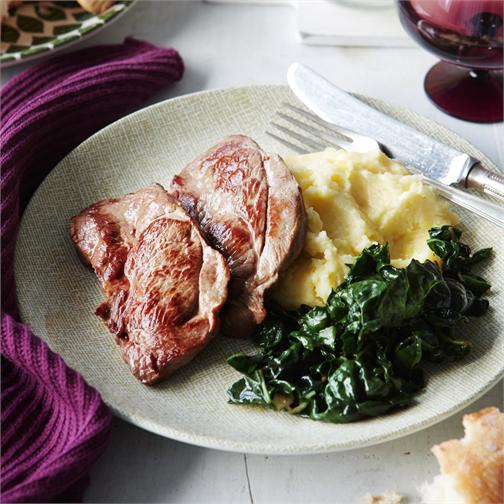
WAGYU
Wagyu is a Japanese breed of cattle derived from native Asian cattle – ‘Wa’ means Japanese and ‘gyu’ means cattle. Despite the Asian origin, they are actually classified as Bos Taurus.
Wagyu were used for centuries in Japan as hardworking draft animals, selected for their physical endurance – their large amounts of intramuscular fat cells provided a readily available source of energy.
Australia now has the largest Wagyu herd outside Japan, although 80-90% of domestic production is exported. Traditionally, wagyu are raised on pasture and then spend a considerable amount of time in high tech feedlots – anywhere from a year through to 600 days; wagyu production is therefore a considerably longer process than grass-fed or grain-fed beef.
Wagyu is unsurpassed for its marbling, which leads to tender and juicy beef with rich textures and flavour. Wagyu tends to have a softer fat composition and a finer meat texture than other beef.
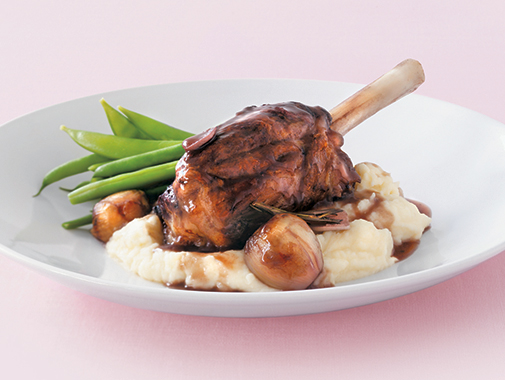
AUSTRALIAN LAMB
Australia is the world’s largest exporter of sheep meat and the second largest producer of lamb and mutton.
In Australia, sheep are produced in a wide range of climates, from the arid and semi-arid parts of the inland region to the high rainfall areas of New South Wales, Victoria, South Australia, Tasmania and the southwest corner of Western Australia.
All Australian sheep are raised on pasture, and the significant majority are also finished on pasture. A very small proportion of sheep farmers (around 5%) grain finish their lamb to optimise growth.
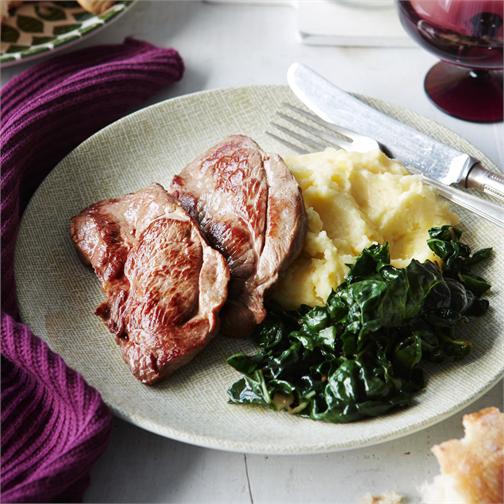
AUSTRALIAN GOAT
In Australia, goat production can generally be grouped into two key categories – rangeland and farmed.
Rangeland essentially relates to unmanaged or wild animals usually harvested annually, whilst farmed means the animals are specifically managed in a similar way to Australian sheep and cattle.
Rangeland goats (also known as unmanaged, bush or wild goats) are a combined breed of goats, which have adapted to live in Australia's low rainfall, often arid rangelands. In recent years, a growing number of producers are domesticating goats in extensive, rangeland environments and managing them as a stable component of their businesses along with sheep and cattle. The rangeland goat is a major source of product for the Australian goat meat industry.
Farmed goats are generally produced in higher rainfall, more productive agricultural areas of Australia. Due in part to the environment and smaller herd sizes, they are subject to more intensive husbandry practices than goats produced in the rangelands and are managed similarly to domestic sheep or cattle.
Traditionally a by-product of the fibre industry, farmed goatmeat in Australia began to elevate with the introduction of the South African Boer breed in 1994. Their robust and resilient nature allowed herds to be farmed specifically for meat. Cultivated in South Africa since the early 1900s, Boer goats were selected for the quality of their meat, rather than milk or hair. As a result of focused cultivation, Boer goats have a fast growth rate and solid muscle bulk, making them one of the most popular breeds farmed for goat meat in the world. These resilient Boer goats were bred with Australian domestic herds to produce an animal suited to living in arid Australian conditions, while also producing a meatier result.
Thanks to this blending of breeds, Australian goat meat has become less of a seasonal commodity and is now available most times of the year.
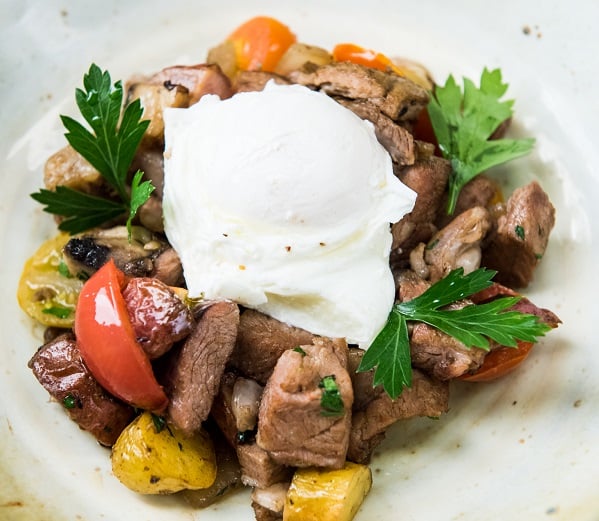
AUSTRALIAN VEAL
Traditions of veal rearing and veal butchery vary from country to country. Veal in Australia is different from that of Europe and America.
In Australia, we don't produce ‘white veal’, which is from about 18 - 20 weeks’ old calves that are fed only milk, with movement and exposure to sunlight restricted. Australia has a strict code of animal welfare practices, which ensures the animals are reared in small groups in the open and fed a diet of milk and grass or grain.

